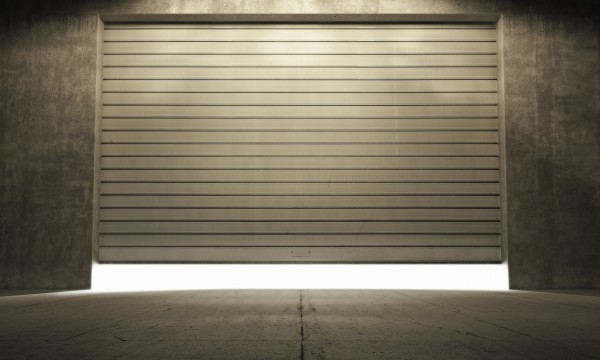Your garage or carport protects your vehicle, so be sure to protect your garage or carport too with these five tips.
- Browse Categories
- All Tips
-
Home & Garden
- All
- Appliances
- Bathroom
- Cleaning
- Crafts
- Decorating
- Electrical
- Flooring
- Furniture
- Garage Door
- Gardening
- Green Living
- Heating
- Home Alarm Systems
- Home Maintenance
- Home Remedies
- Home Security
- Home Staging
- House Sitting
- Junk Removal
- Kitchen
- Lawn Care
- Lock Systems
- Moving
- Outdoor Living
- Pest Control
- Plumbing
- Renovation
- Roofing
- Snow Removal
- Storage
- Tools
- Tree Service
- Health
- Family
- Travel
- Auto
- More Tips
Your account is now active!

5 tips for maintaining garages and carports
July 28, 2015

1. Flooring
- The right finish will give your concrete garage floor an easy-to-clean surface and a polished look. Paint options include acrylic latex and epoxy formulated especially for garage floors. Concrete sealers and stains are easier to apply but require more frequent cleaning and reapplication.
- Whichever finish you choose, make sure the floor is clean first. Wash the floor with trisodium phosphate (TSP) or a similar cleanser and rinse it with a hose, starting at the back of the garage and working your way forward. You may also need to roughen the surface with a commercial etching solution that will allow the coating to adhere better.
- Once the floor is ready for the new finish, make sure the area is well ventilated, then apply the paint, stain or sealer following the manufacturer's directions.
- Allow the floor to dry for at least 24 hours before walking on it. Allow as much as a week before parking a car on it.
2. Parking
- Avoid damage to your car and the garage wall by marking off the parking zone within your garage. Use coloured electrical tape or spray paint to designate the drive-in stopping point, or suspend a tennis ball from the ceiling so that it hangs at the spot where you need to stop.
3. Ventilation
- A well-sealed garage can make a great work area or protected storage space, but it can also be a trap for carbon monoxide gas generated by cars and other machinery such as lawn mowers.
- Never run any such items in a detached garage unless the door is open for ventilation. Never run this kind of machinery in an attached garage even if the door is open, because carbon monoxide can seep through the garage walls into the house.
4. Oil spills
- Oil dribbles are pretty much a given in a well-trafficked garage or carport, but they don't even have to hit the floor if you're careful. Place a garage floor mat or a pan lined with cardboard under cars and leaking machinery to intercept drips, and if you miss a few, don't let them sit and soak in.
- There are all sorts of products available for removing oil spills from a garage or carport floor, but none works better than ordinary clay-based cat litter. If the stains are fresh, cover them with cat litter, wait about an hour, and sweep it up.
- For old stains, pour paint thinner on the stain, cover with cat litter, wait 12 hours and then sweep clean.
5. Close the gaps
- Want to keep cold air, vermin and debris out of your garage? Close the gaps around your garage door with weather stripping. You can create a good seal between the bottom of the garage door and the floor by tacking two centimetre (3/4-inch) foam pipe insulation to the bottom of the door, with the slit side of the insulation facing down.
- To keep the insulation out of sight when the door is closed, set it back about 1 centimetre (1/2 inch) from the door's front edge.
National advertising powered by Mediative.com. Yellow PagesTM, Walking Fingers & DesignTM, YP.caTM, Find. & DesignTM, YellowPages.caTM, Canada411TM and YP ShopwiseTM are trademarks of Yellow Pages Digital & Media Solutions Limited in Canada. All other trademarks are the property of their respective owners. Copyright © 2018 Yellow Pages Digital & Media Solutions Limited. All Rights Reserved.
More Tips
The material on this website is provided for entertainment, informational and educational purposes only and should never act as a substitute to the advice of an applicable professional. Use of this website is subject to our terms of use and privacy policy.






